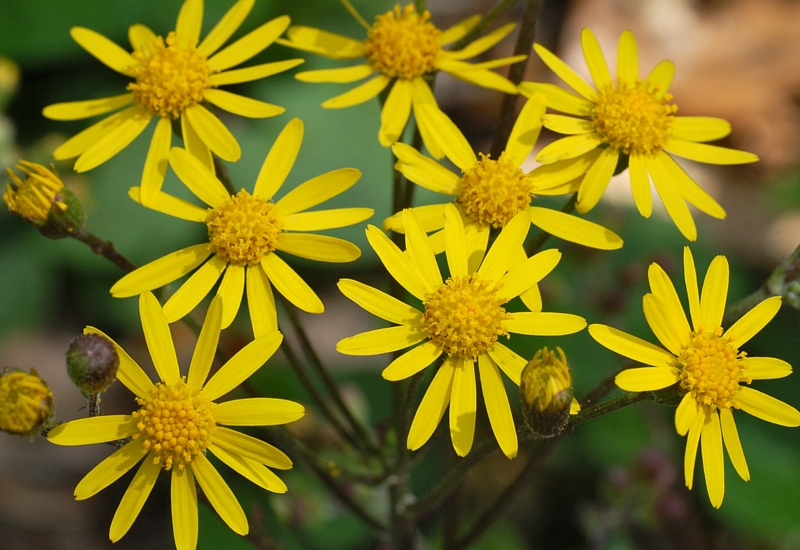
The National Farmers' Union is reminding livestock farmers to remain vigilant to the risk of ragwort poisoning.
Ragwort is a toxic plant and has gained significant media coverage in the past about its hazardous capabilities to livestock.
Ragwort poses a risk to animal health, with potentially fatal consequences if it is ingested by horses or livestock, either in its green or dried state.
The NFU is urging farmers to be careful with the plant. They urge that grazing land should be regularly inspected when animals are present and the plant should be pulled, removed and disposed of responsibly.
The Weed Act 1959
Five weeds are classified as 'injurious' under the Weeds Act 1959 - common ragwort (Senecio jacobaea), spear thistle (Cirsium vulgare), creeping or field thistle (Cirsium arvense), broad-leaved dock (Rumex obtusifolius) and curled dock (Rumex Crispus).
It is not an offence to have these weeds growing on land and species such as ragwort have significant conservation benefits.
However, ragwort must not be allowed to spread to agricultural land, particularly grazing areas or land which is used to produce conserved forage.
For ragwort, the legal framework is supported by a Defra Code of Practice. How to Prevent the Spread of Ragwort was introduced in 2003 to promote good practice.
NFU's advice
• Where ragwort is found the first step is to identify the land owner or manager. Then contact them directly to resolve the issue.
• If this approach doesn't work, complaints can be made to Natural England and enforcement notices can be issued requiring landowners to take action to prevent the spread of these weeds.
• Natural England will investigate complaints where there is a risk that injurious weeds might spread to neighbouring land. It gives priority to complaints where there is a risk of spread to land used for grazing horses or livestock, land used for forage production and other agricultural activities.
